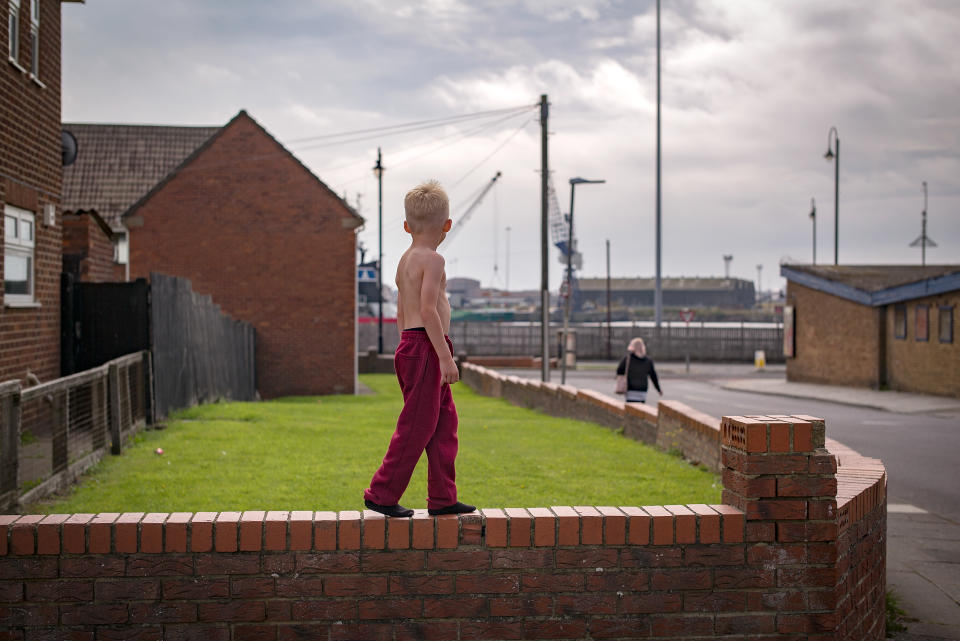Life expectancy gap between rich and poor widens to 8.4 years

The life expectancy gap between rich and poor has widened to 8.4 years, new analysis shows.
A boy born in one the UK’s most affluent areas will outlive one born into one of the more disadvantaged areas by almost a decade.
In 2001, the difference was 7.2 years. Researchers at the Longevity Science Panel said the biggest factor behind the widening gap was income inequality.
MORE: A new billionaire is created every two days, says Oxfam
Dame Karen Dunnell, chair of the LSP, said: “Dying earlier if you are poor is the most unfair outcome of all, so we should all be concerned about the growing divergence in rich-poor life expectancy.
“To reduce the risk of further widening, we need better understanding of the precise causes, followed by co-ordinated policy initiatives across health, work, welfare, pension and housing to improve outcomes for all.”

The panel examined data from the Office for National Statistics, covering a range of factors including income levels, health, education and crime.
It concluded that as well as income levels, the amount of booze consumed and smoking rates in differing socio-economic groups impacted life expectancy.
MORE: ‘Fat Cat Thursday’ sees UK’s top bosses pass average worker’s earnings by lunchtime
Obesity levels, as well as access to and take-up of preventive health services and treatment rates for diseases, also contributed to the gap.
It’s been reported widely in the past that those from poorer backgrounds tend to smoke and drink more, eat less well and suffer more when cuts to health and social care hit.
The panel also learned that girls born in the top fifth of areas on average live 5.8 years longer than those born in the bottom 20% – up from a five-year gap in 2001.
MORE: Around 775,000 people pay more tax than millionaires – are you one of them?
For a 60-year-old man the difference is five years – up from 4.1 in 2001 and for women of the same age it is 4.2 years – up from 3.1.
It found that death rates for 60 to 89-year-olds had improved for all socio-economic groups between 2001 and 2015, but the biggest gains were recorded among the most well-off.

 Yahoo Finance
Yahoo Finance 
